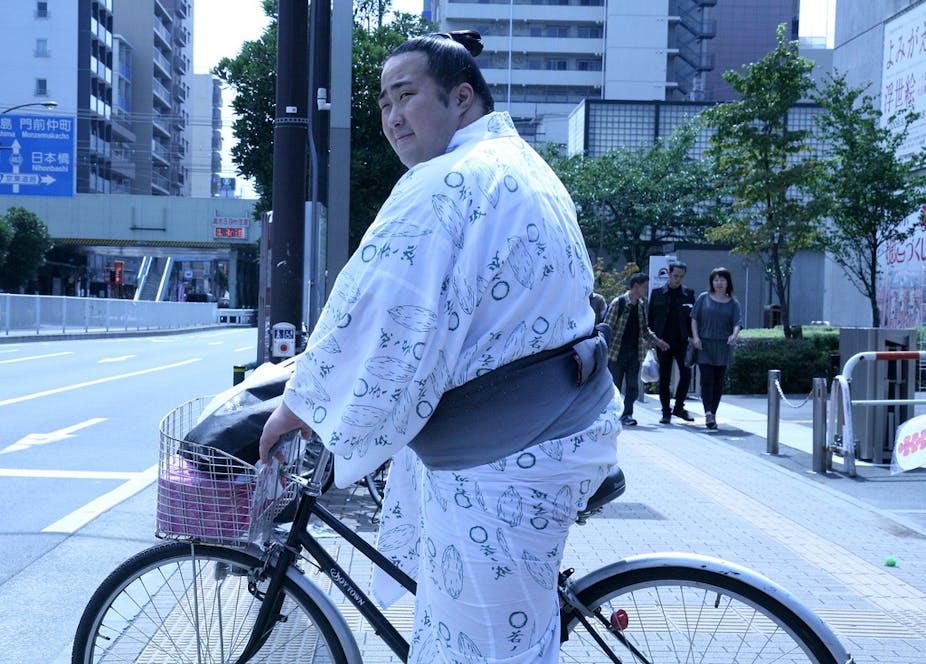CYCLING IN AUSTRALIA: More than half of Australia’s population can be classified as overweight and obese.
This statistic is alarming but some of the risk factors associated with obesity – such as poor nutrition, smoking and alcohol consumption – can be controlled. But chief among the controllable risk factors is physical inactivity.
A common reason people have for physical inactivity is they simply don’t have time to exercise. But in recent years there has been a growing emphasis on accumulating incidental exercise, usually at least 30 minutes a day. This means that during a day, you do things (such as walking to the bus or train) which make you more physically active.
Walking or cycling as a means of transport (or “active transportation”) is one way people achieve this.
Cycling has some physiological advantages over walking, given the intensity of typical commuting cycling is greater than that of walking.
And research has found that men who cycle to work are less likely to be overweight or obese when compared to men who drive.
Using cycling as transportation can also decrease mortality risk when considering factors such as blood pressure, cholesterol and triglyceride levels, and body mass index.
Changing your lifestyle to increase physical activity can be more cost-effective and beneficial than structured exercise programs.
Recent research has found that even ten minutes of intense exercise can reduce cardiovascular risks just as effectively as longer, low-intensity exercise.
So how can someone introduce short-duration, high-intensity exercise into their regular activity? Cycling to work is one way.
Getting exercise on your way to work not only reduces your transport costs, it can save time because you may not have to go the gym as well.
Cycling has a relatively high participation rate, with approximately 2.1 million Australians participating in some form of cycling in 2010.
That said, the people who may experience great health gains from cycling are likely not taking part. Therefore, it is important to ask what stops some people cycling to work.
Urban design can discourage cycling. Factors such as ease of travel, the availability of dedicated cycle lanes, safe roads, proximity of home to work, and environmental quality can all affect a person’s decision to cycle.
To encourage cycling as active transportation, there needs to be positive influences on both an individual and at an institutional level.
There are benefits for institutional change in encouraging active transportation. European countries such as Denmark and the Netherlands – where there are many cycling-friendly thoroughfares – tend to have higher levels of active transportation.
As a result, those countries have fewer cases of obesity when compared to countries such as the USA and Australia.
Within Australia, Austroads and the Australian Bicycle Council have released the Australian National Cycling Strategy 2011-2016 document, which addresses many of these issues.
Nonetheless, more people need to know about the physical benefits of high-intensity exercise completed over short durations, and how simple this can be to work into a normal day.
Events such as Ride To Work Day are a step in the right direction for encouraging more people to cycle.
If more people adopt cycling as a regular way of life, this will greatly contribute to improved health for the Australian population.
Read the rest of Cycling in Australia.

